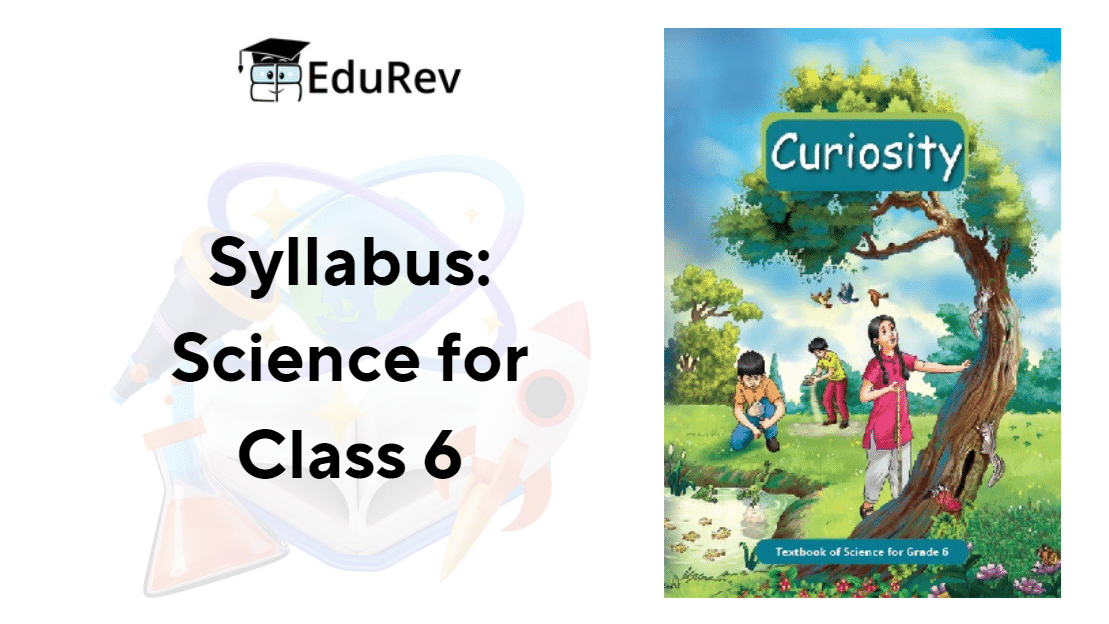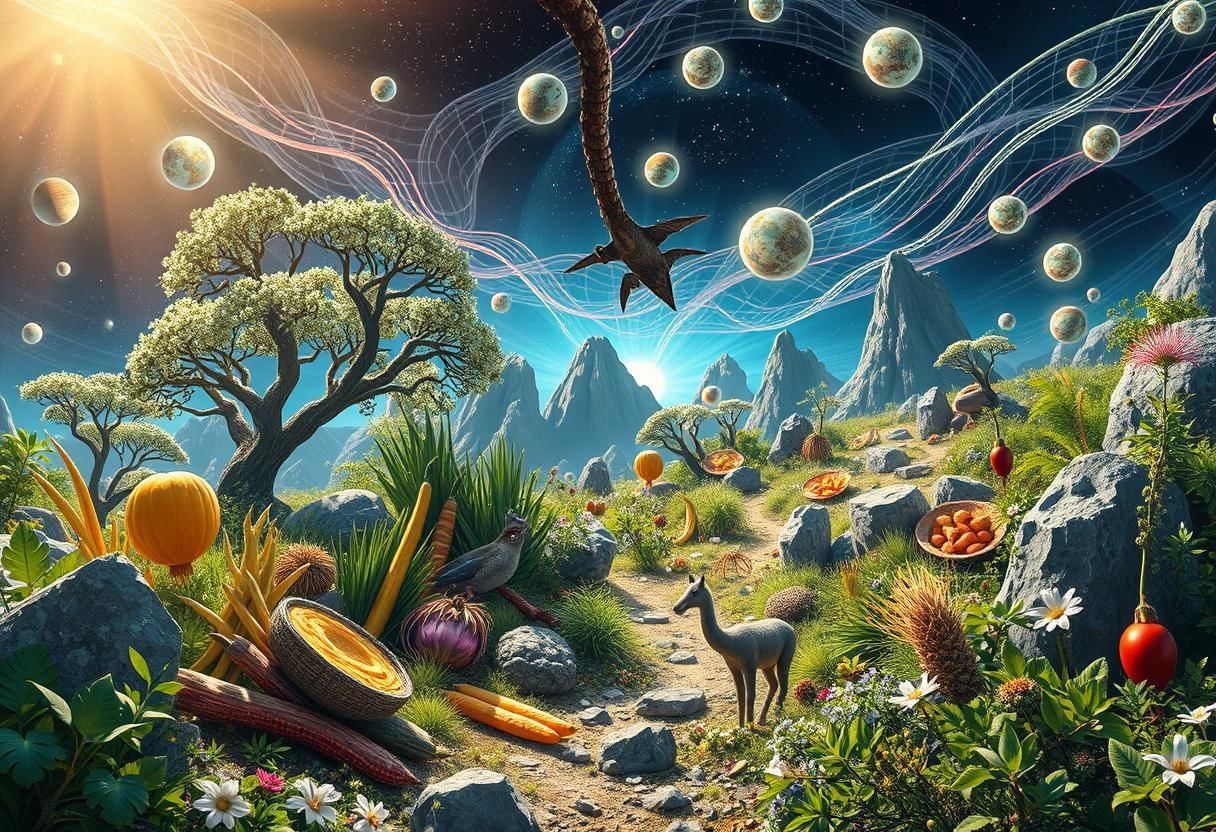Syllabus: Science (New NCERT) for Class 6 | Science for Class 6 PDF Download
Welcome to the world of science in Class 6! This year, we will dive into the fascinating book called “Curiosity”, where we will explore the incredible things around us. Get ready to learn about the amazing lives of plants and animals, discover the different parts of our food, and take a journey through the vast universe.
The CBSE syllabus for Class 6 Science includes not only interesting topics but also fun activities that will help us understand how things work in a hands-on way. This makes learning not just informative but also exciting and interactive.
Understanding the syllabus is very important, especially when getting ready for exams. It helps us know what to study, how much time to spend on each topic, and why each topic is significant. Let’s take a closer look at what we will be learning this year!

Here is a detailed syllabus for Class 6 CBSE:
Chapter 1: The Wonderful World of Science
- This lesson is about exploring science to understand the world better.
- It encourages curiosity and applying the scientific method.
- Students will learn to relate science to daily life and emphasize teamwork and continuous discovery.
Chapter 2: Diversity in the Living World
- This chapter teaches students about biodiversity, which is the variety of plants and animals in different places.
- Students will learn how to group plants and animals based on their features and understand how they adapt to their environments.
Chapter 3: Mindful Eating: A Path to a Healthy Body
- This chapter introduces students to nutrition, highlighting the components of food, the importance of a balanced diet, and mindful eating.
- Students will learn about the basics of nutrients, simple tests to identify them, and the nutritional value of food in India.
- This chapter introduces students to magnets and magnetism, including the properties of magnets and the differences between magnetic and non-magnetic materials.
- Students will learn about the poles of magnets and how magnets are used to find directions, along with fun activities to reinforce learning.
Chapter 5: Measurement of Length and Motion
- This chapter focuses on measurement, particularly length and different types of motion.
- Students will learn about standard units of measurement, proper measurement techniques, and categories of motion, including linear, circular, and oscillatory types.
Chapter 6: Materials Around Us
- This chapter introduces students to materials and their properties, teaching them how to classify materials and identify them based on different properties.
- Students will learn about the concept of matter and how materials are grouped based on their characteristics.
Chapter 7: Temperature and its Measurement
- This chapter introduces the concept of temperature and various methods to measure it using different types of thermometers.
- Students will learn why touch is not a reliable way to measure temperature and about different temperature scales, including measuring air temperature.
Chapter 8: A Journey through States of Water
- This chapter explores the different states of water and how water changes between these states.
- Students will learn about the water cycle, including evaporation, condensation, factors affecting evaporation, and the cooling effect of evaporation.
Chapter 9: Methods of Separation in Everyday Life
- This chapter introduces various methods of separating substances used in daily life, such as handpicking, threshing, winnowing, sieving, evaporation, sedimentation, decantation, filtration, churning, and magnetic separation.
Chapter 10: Living Creatures: Exploring their Characteristics
- This chapter explores the features of living beings and how they differ from non-living things.
- Students will learn about the basic characteristics of life, conditions needed for seed germination, plant growth, and movement, and the life cycles of plants and animals.
Chapter 11: Nature’s Treasures
- This chapter introduces different natural resources and their importance, along with the need to conserve them.
- Students will learn about renewable and non-renewable resources, including air, water, solar energy, forests, soil, rocks, minerals, and fossil fuels.

- This chapter introduces students to celestial objects and the basic structure of our solar system and beyond, covering stars, constellations, planets, the Sun, the Moon, and galaxies.
|
67 videos|349 docs|27 tests
|
FAQs on Syllabus: Science (New NCERT) for Class 6 - Science for Class 6
| 1. What are the main branches of science? |  |
| 2. Can you explain the scientific method? |  |
| 3. What is the importance of studying science? |  |
| 4. How does science impact our daily lives? |  |
| 5. What are some examples of famous scientists and their contributions to science? |  |

















